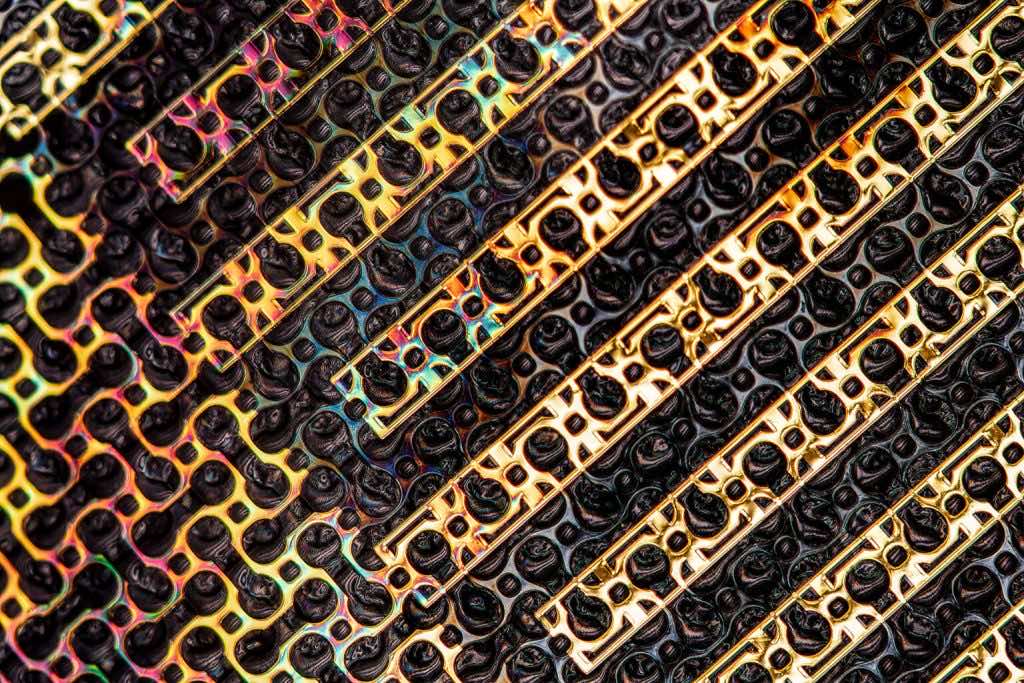Along with other innovations that affix technology with human anatomy and biology, the electronic skin is one of the most fascinating. Normally, electronic skins are basically patching of skin that is flexible and is made of microfibers. These are used in prosthetics, monitoring of bodily changes, and other similar uses. They are able to stretch and move along with the human skin, going through contractions and relaxations with movement. Moreover, they have the potential to emulate the operations or mechanisms that are performed by human skin.
One of the major issues with these artificial electronic skins was that they were often detached from the skin and end up giving wrong data from the body. Also, these electronic skins did not allow moisture to escape through. As a result, there were cases and chances of infection or fungal issues rising due to trapped dampness between the human real skin and the electronic skin. These issues massively hampered the growth in the electronic skin arena.
Well, scientists and researchers at MIT have devised a riveting solution for this recurrent problem. They have developed an electronic skin that can let sweat pass through the human skin and the electronic skin as well. This has opened new avenues for monitoring chemical levels in the body for longer periods of time as the moisture does not cause the detachment and is let out.
It is estimated that this will aid the scientists, doctors, and researchers in monitoring the levels of vitamin C and blood sugar which will highlight the issues in the circulatory system. They have taken inspiration from the pores present in the human skin which are around 100 microns in diameter and are distributed without a particular order across the skin. A compatible positioning between the skin’s pores and that of the electronic pores is created for efficient and effective application of the technology.
It has been tested on volunteers which included them running on the treadmill for around half an hour/ 30 minutes and intake of spicy food. The sweat was able to evaporate. More of the research results can be read in the journal, Science Advances.

